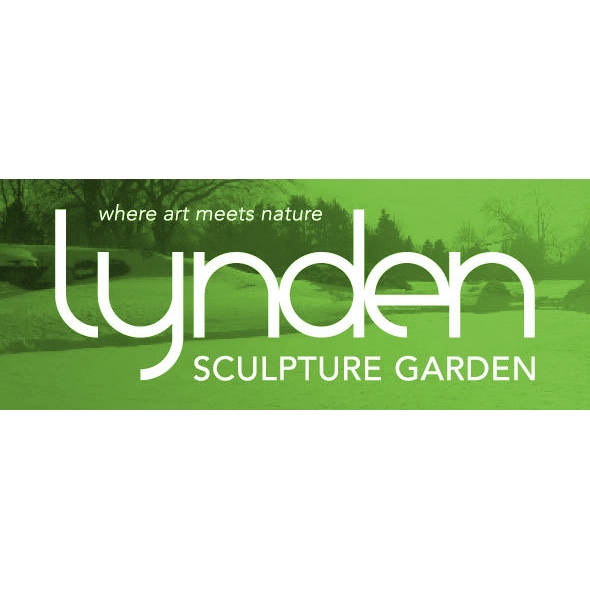The Mingei Tradition in the Midwest: Warren Mackenzie and Beyond
Ceramics Exhibition Organized in Conjunction with NCECA Conference
The Mingei Tradition in the Midwest: Warren MacKenzie and Beyond opened on January 26, 2014 and remains on view through March 30, 2014. Organized in conjunction with the 48th Annual National Council on Education for the Ceramic Arts (NCECA) Conference, the exhibition focuses on the Mingei tradition in the Midwest and is built outward from the work of ceramic master Warren MacKenzie. The exhibition also includes work by MacKenzie’s teachers Bernard Leach and Shoji Hamada, as well as pieces by Randy Johnston, Jan McKeachie Johnston and Mark Pharis–three ceramicists trained or influenced by MacKenzie who have made creative adaptations to the living tradition as it continues to thrive in the Midwest.
There will be a reception on Thursday, March 20, 2014 from 5 to 8 pm during the NCECA conference, with Randy Johnston, Jan McKeachie Johnston and Mark Pharis in attendance at various times during the evening. The exhibition will also be included on the NCECA collectors’ tour and a bus tour. The reception is free and open to the public.
The gallery is open Mondays, Tuesdays, Wednesdays and Fridays from 10 am to 5 pm; and Saturdays and Sundays from 12 noon to 5 pm. Admission to the sculpture garden, which includes the gallery, is $9 for adults and $7 for students and seniors; children under 6 and members are free. The Lynden Sculpture Garden is located at 2145 West Brown Deer Road, Milwaukee, WI 53217.
From its inception, Mingei ceramic practice has had an ambivalent relationship with the notion of the master. The early Mingei manifestos drew on the belief of John Ruskin and William Morris in the transformative power of simple, beautiful, functional, objects, but they located these essential forms in an anonymous folk memory. Nonetheless, master potters like Shoji Hamada and Bernard Leach—who served as a conduit between British and Japanese potters—were extremely influential and the individuality of their work was highly prized.
Warren MacKenzie (American, b. 1924) left Minnesota for St. Ives in Cornwall in the late ‘40s to apprentice himself to Leach. On his return he established a ceramics program at the University of Minnesota, and a pottery of his own, that became the nucleus of a Midwestern Mingei tradition. An undisputed master, MacKenzie has hewn closely to many of the original Mingei ideals, living a simple life, sitting at his wheel every day, producing an infinite series of variations on a small repertoire of functional forms.
This exhibition, organized by Lynden’s Executive Director Polly Morris and ceramicist and Lynden Artist-in-Residence Linda Wervey Vitamvas, traces narratives across generations and within individual practices. MacKenzie generously identified historical works by Leach (British, 1887-1979) and Hamada (Japanese, 1894-1978) in the collection of the Frederick R. Weisman Art Museum. These works, spanning the 1920s through the 1950s, with a concentration of works from the 1950s, are shown alongside work from MacKenzie’s latest firing–cups, bowls, covered jars, a platter–and five archetypal pieces from 2012 now in the collection of the Milwaukee Art Museum.
Jan McKeachie Johnston (American, b. 1953), like MacKenzie, is showing recent work: her installation resembles a futuristic cityscape of predominantly vertical forms. Randy Johnston (American, b. 1950) is represented by works from 2008-2013, including two drawings, that explore his sculptural tendency and his fascination with line. Mark Pharis (American, b. 1947), in a series of individual and multiple pieces dating from the late ’70s to the present, as well as a collage from 2009, offers a mini-survey of the concerns with form, surface decoration, and modes of production that have been his preoccupation for decades.
If it is clear that Mingei has become an inadequate term to describe the practices of the third-generation artists, the physical proximity of the work in a single gallery space is as illuminating about commonalities as it is about differences. And the location of that gallery in a sculpture garden sparks additional dialogues. Although there are obvious parallels between the concerns of some of the artists in this exhibition and the sculptors whose work is on display outdoors–Lynden’s permanent collection of more than 50 monumental sculptures dates almost entirely from the ’60s and ’70s–there are also subtler resonances. One only has to look at Randy Johnston’s Stacking Green Box (2008), with its rich turquoise glaze and ruddy lines between the layers, to think about the varied patinas on Barbara Hepworth’s bronze sculpture, Sea Form (Atlantic), visible through the window.
About the Lynden Sculpture Garden
The Lynden Sculpture Garden offers a unique experience of art in nature through its collection of more than 50 monumental sculptures sited across 40 acres of park, lake and woodland. The sculpture garden is open to art and nature lovers of all ages on Mondays, Tuesdays, Wednesdays and Fridays from 10 am to 5 pm; and Saturdays and Sundays from 12 noon to 5 pm. Closed Thursdays. Admission to the sculpture garden is $9 for adults and $7 for students and seniors; children under 6 and members are free. Annual memberships are also available.
NOTE: This press release was submitted to Urban Milwaukee and was not written by an Urban Milwaukee writer. While it is believed to be reliable, Urban Milwaukee does not guarantee its accuracy or completeness.
























